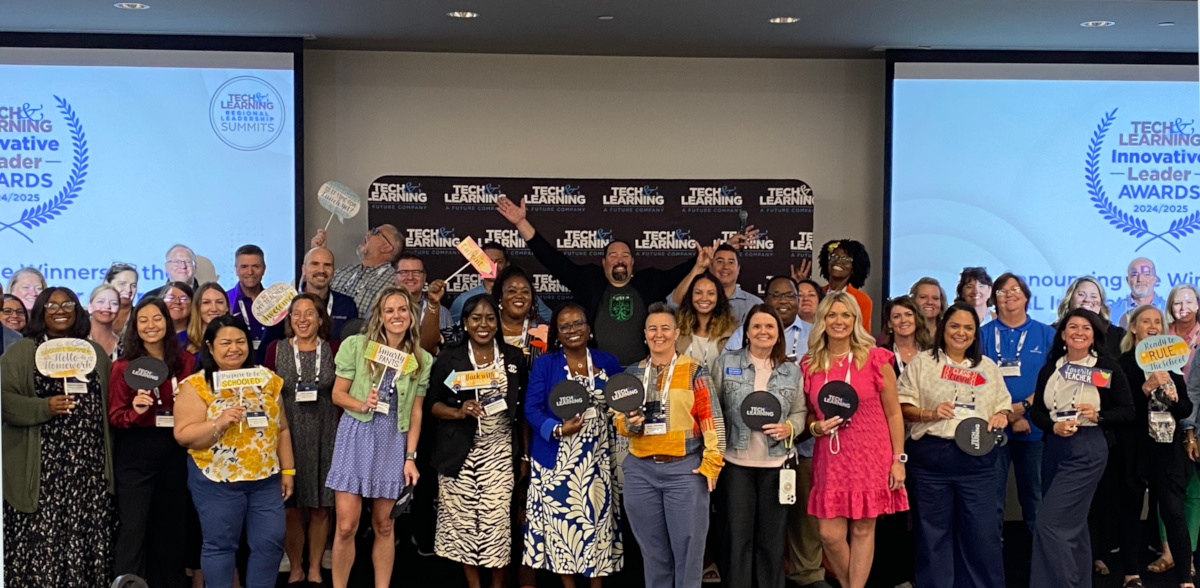Help Is on the Way
Bibliotherapy mashups can provide students and teachers with handy literature resources.
Deaths, births, divorces, peer problems, and other traumatic events can affect health, self-esteem, and readiness to learn in all of us. When educators are called on to play the role of therapist, having high-quality resources at their fingertips is key to helping students through difficult times.
A traditional useful approach is to recommend the student read a good book with a main character successfully coping with a situation similar to the one he or she is facing. But finding the right book and having it on hand are very real obstacles. With today's digital technologies, however, and a bit of innovative maneuvering, this could be a challenge of the past. The solution: A mashup.
If this term has not made it into your everyday professional vocabulary, a mashup is a Web site that brings together content from two or more sources in some interactive way. For example, when you look up a school at GreatSchools, besides school statistics, you can get key facts about the school's community such as cost of living, weather, and crime rates. When you develop a mashup, you are not creating new content, but rather pulling together content that already exists out there on the Web and displaying it on your own Web site in some new and useful combination.
To coin a term, the bibliotherapy mashup is a resource that could be added to a class or school Web site where both parents and students can find literature to help them through difficult times. But where to start?
First, it's important to have a good source of recommendations for appropriate books. The Bibliotherapy Education Project evaluates books for certain age groups and issues and gets you up to speed on the use of books in therapy. For example, a search for chapter books suitable for 10–12 year olds that deal with grief or loss yields three recommended titles.
The next challenge is to ensure the availability of the books for educators, parents, and students. The mashup could facilitate this by offering connections to the online catalog of the school library as well as the local public library system. You could also link to a commercial site, such as Amazon.
Tools and ideas to transform education. Sign up below.
And why stop with books? Movies could also be added to the mashup. Teach with Movies indexes titles by subject matter and seven additional ways. A search for "grieving" yields 15 titles ranging from The Black Stallion to Old Yeller. Like the books, copies of the movies could be obtained via links to the school and public library online such as Discovery's unitedsteaming, which provides thousands of videos.
There is nothing especially futuristic about a bibliotherapy mashup; the technology is readily available. But it does require coding skills many teachers lack. However, it won't be long before easy-to-use applications put mashups in every educator's toolbox.
Michael Simkins is director of TICAL, a statewide educational technology service provided by Santa Cruz County Office of Education on behalf of the California Department of Education.
